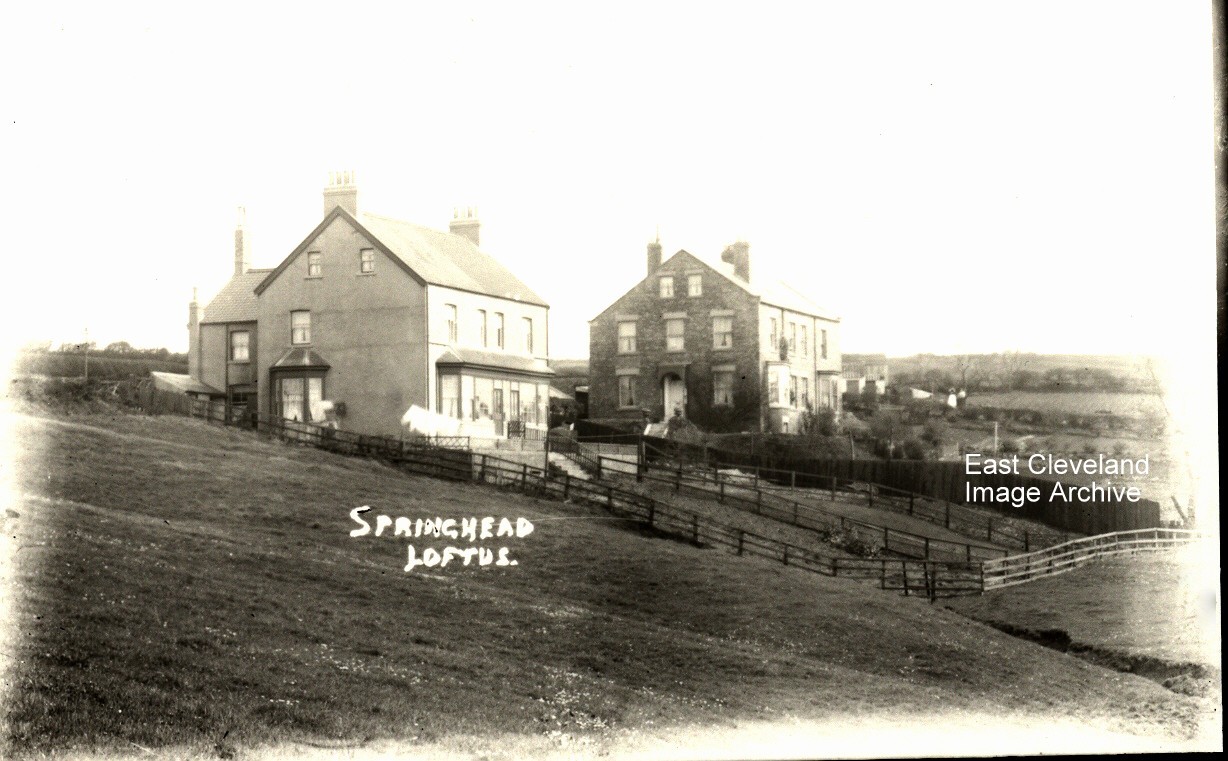
An earlier view of the houses on Micklow Lane; viewed up Springhead, Loftus. It is possibly a postcard view by T. C. Booth. Richard Watson told the Archive: “The houses in the foreground look like my mothers and the Gale’s on Micklow Lane. The side view shows a single lower ground bay window — a second floor bay was added before we moved – in about 1961. The next block up was owned by Fred Hutchinson when I was young and the Colbecks lived in the one above that”. Christopher Colbeck added: “The house in the foreground was lived in by the Watson’s and adjoining them in the 1950′ – 1960’s were the Fisher’s though before Fishers occupied it, the order of Nuns were living there (before they moved to the Convent on the main through road in Loftus). The next block: the first is ‘Springfield’ and was Fred Hutchinson’s and his two sisters who used to make funeral wreaths. Adjoining that was ‘Springrise’ later to become number 37 Micklow Lane; home to Archibald and Annie Tose. We moved there in the summer of 1958. My father Edgar Colbeck was a monumental sculptor who became the proprietor of Arrowsmiths monumental business on Zetland Road”.
Many thanks to Richard Watson and Christopher Colbeck for the updates.
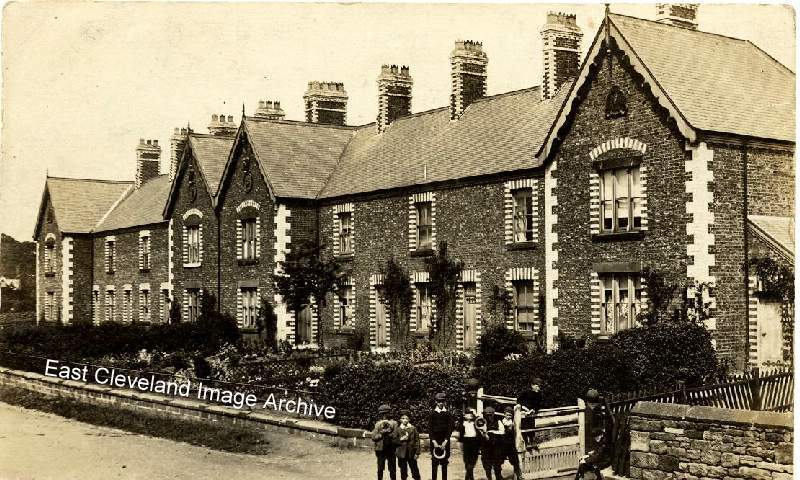
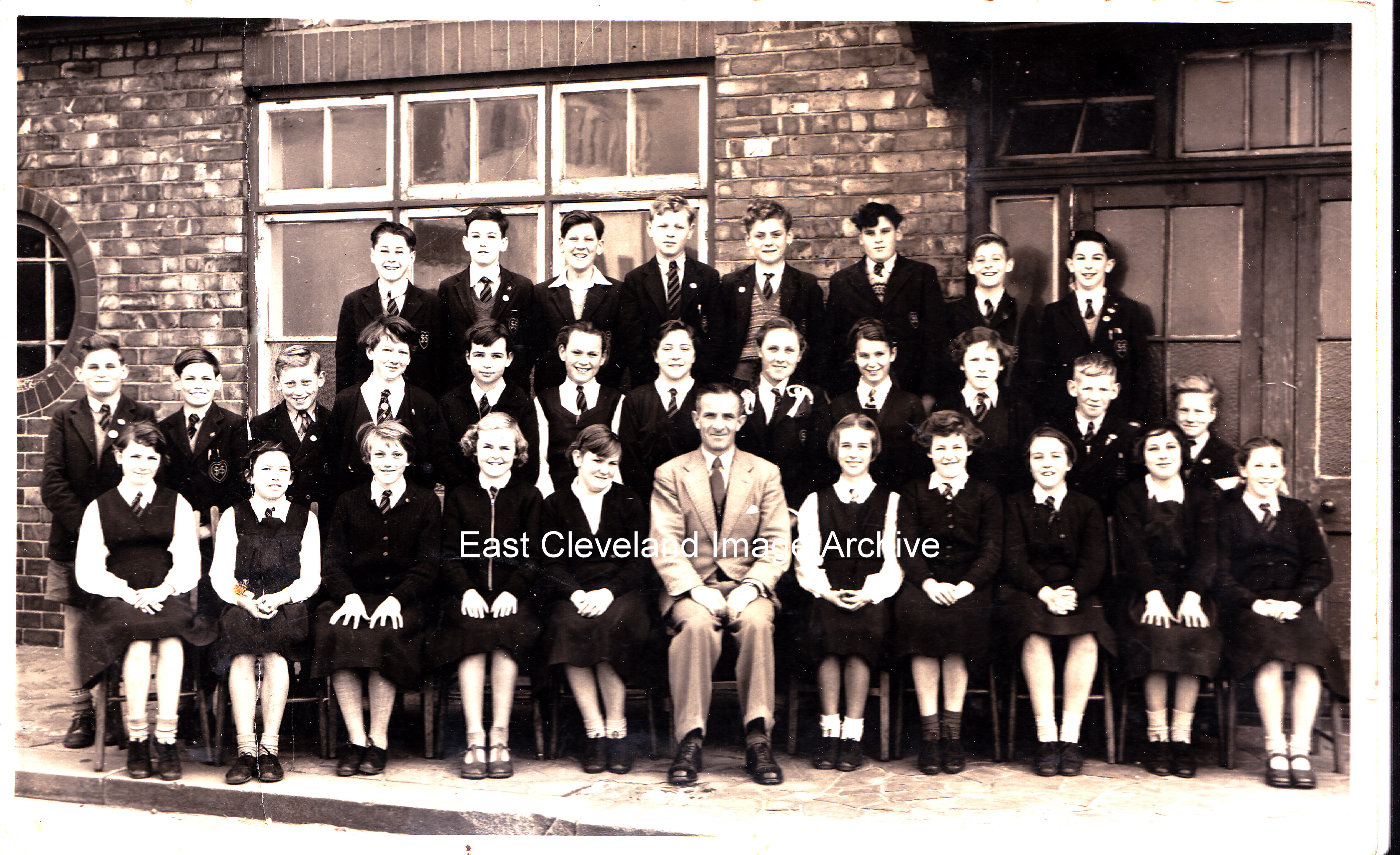
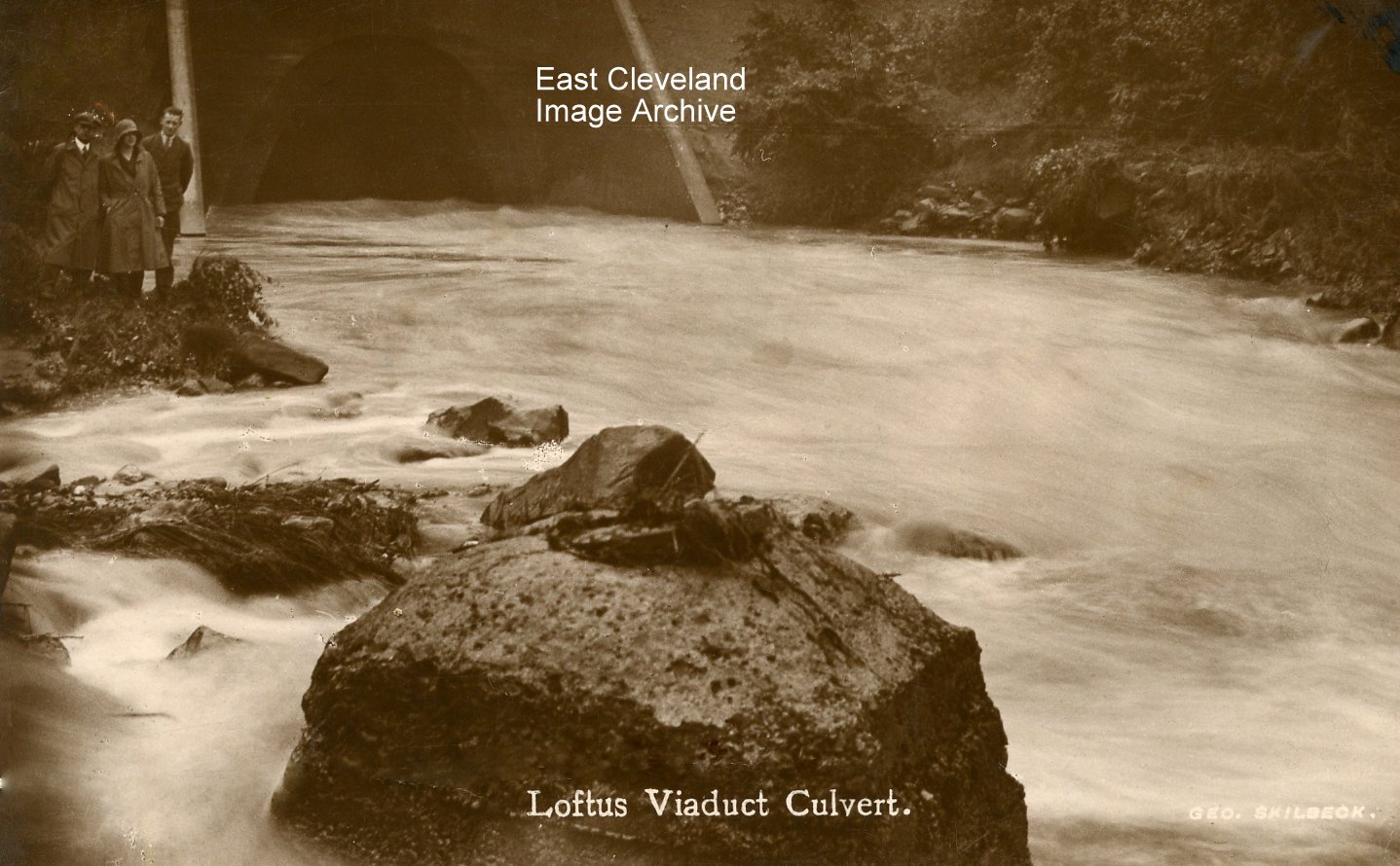
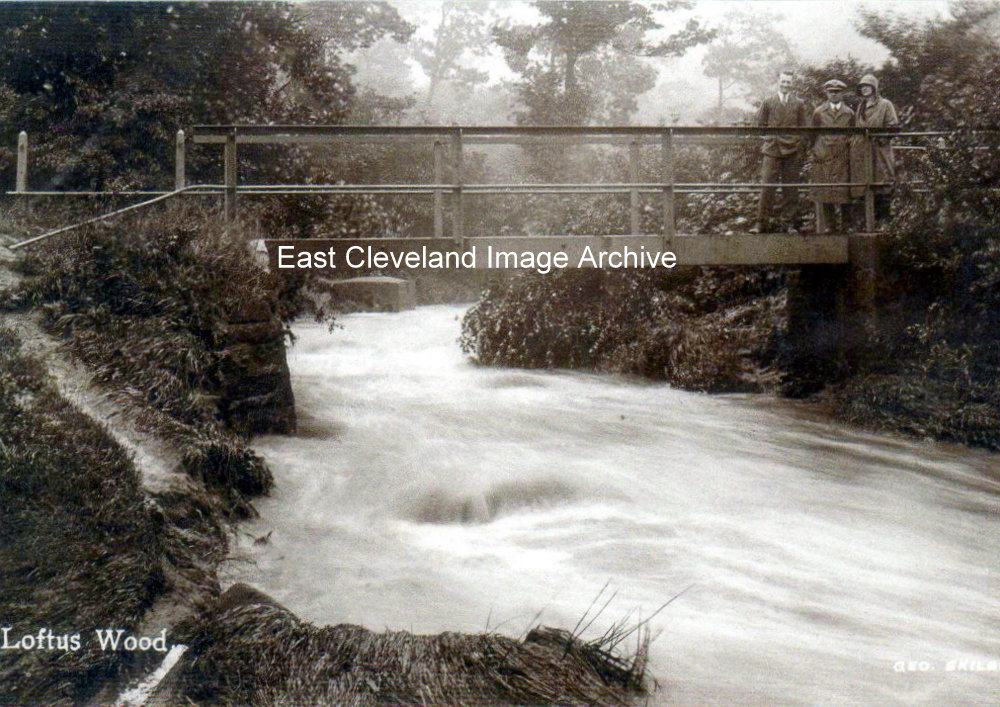
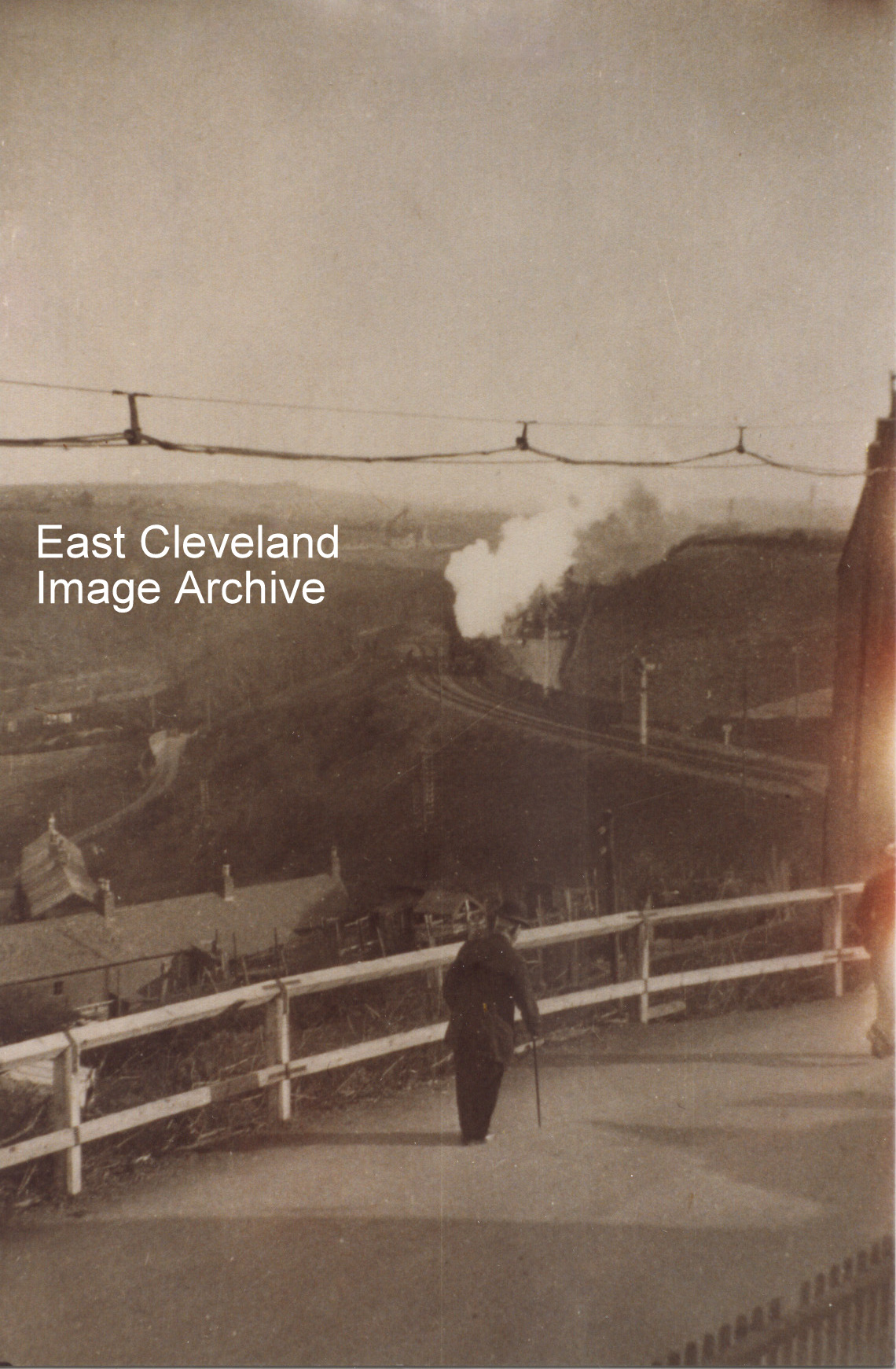
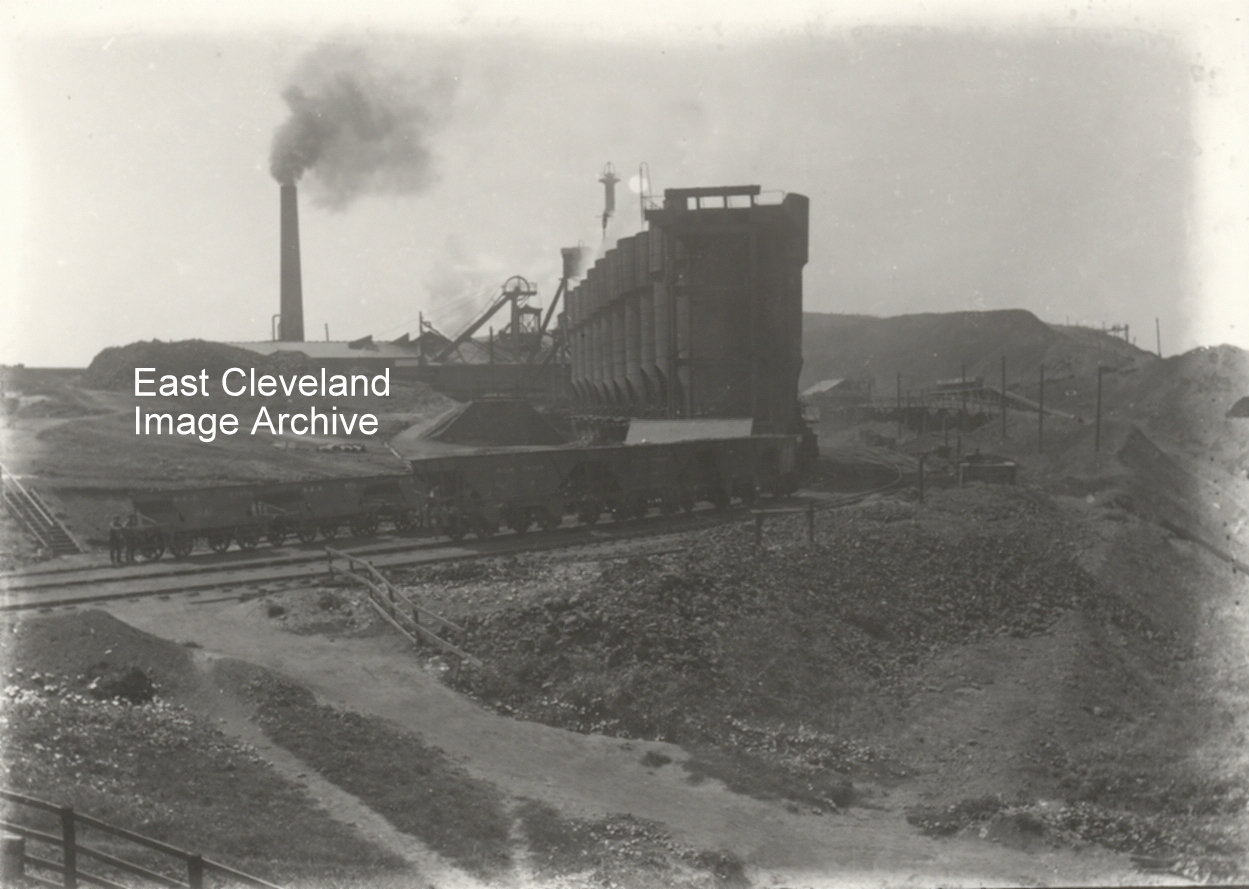
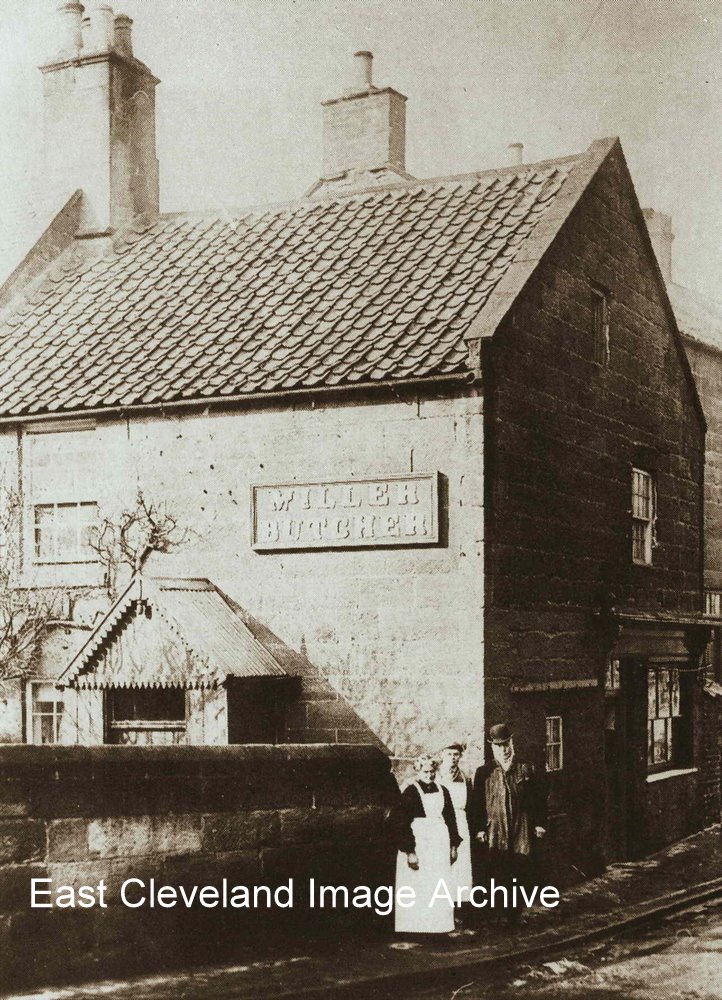
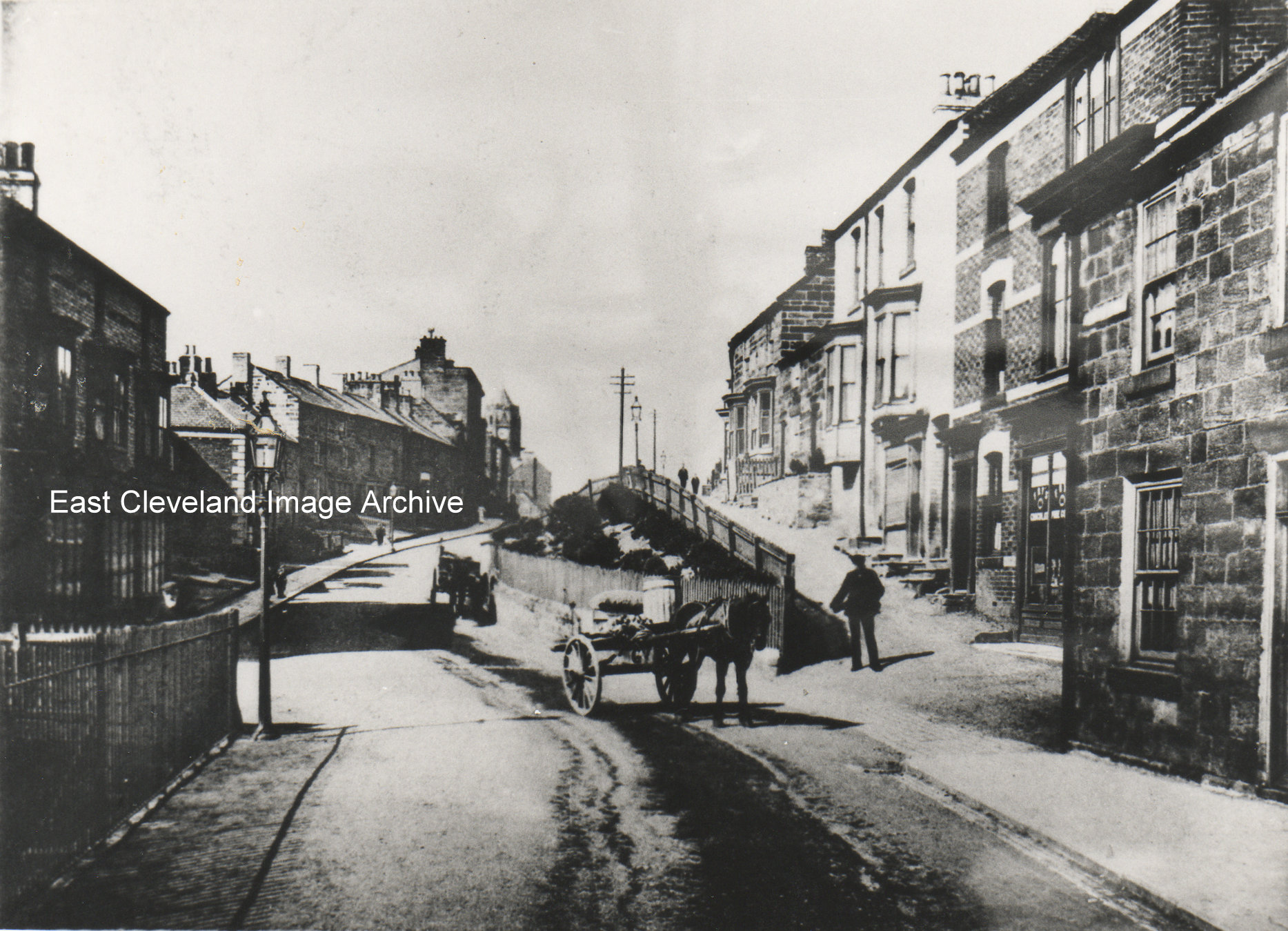
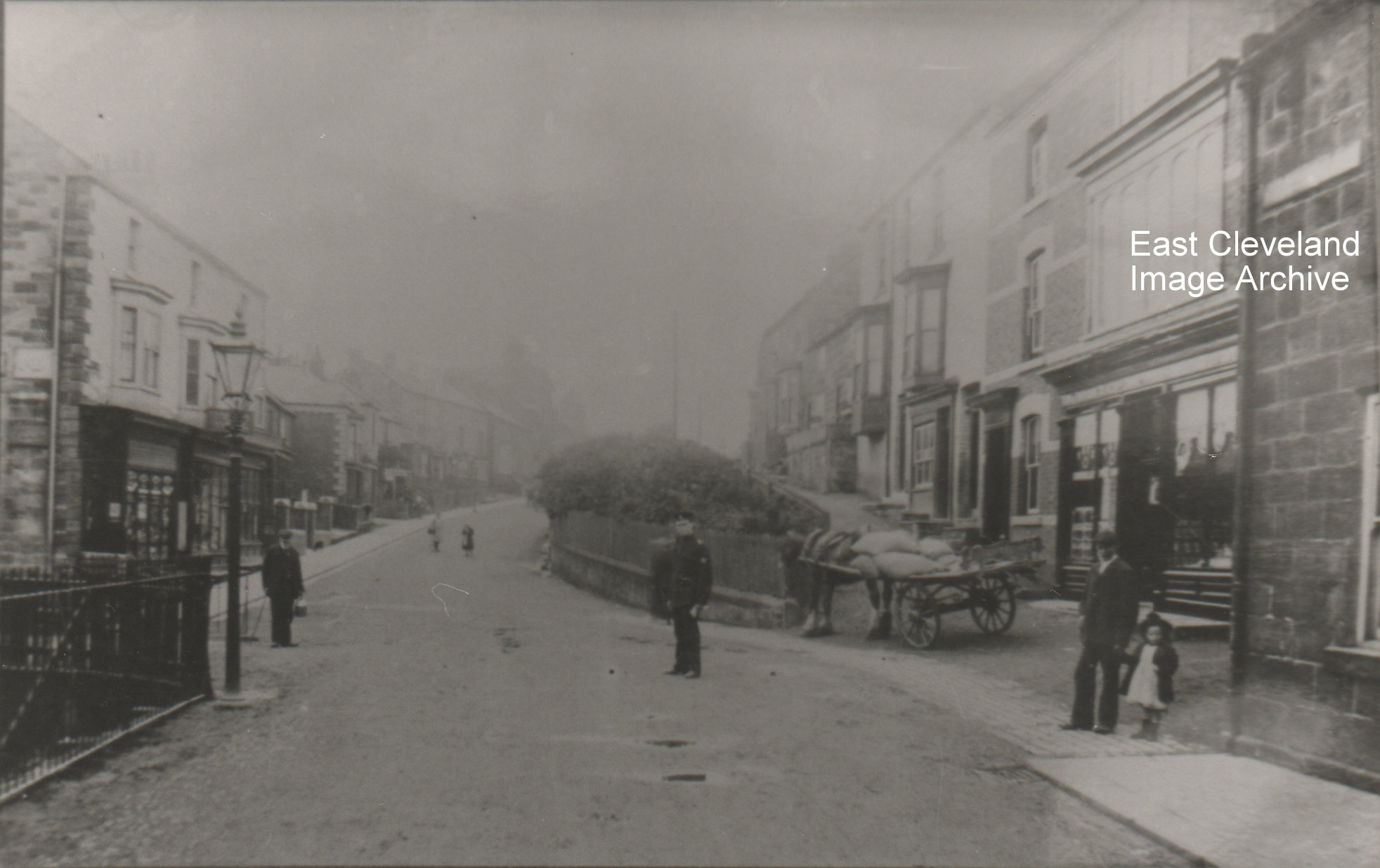
Recent Comments